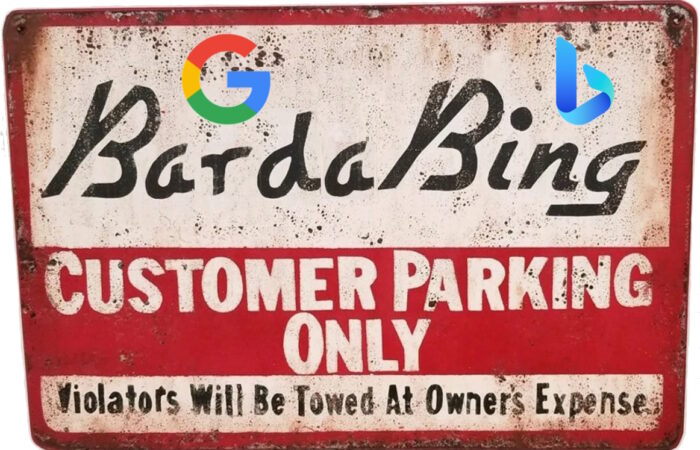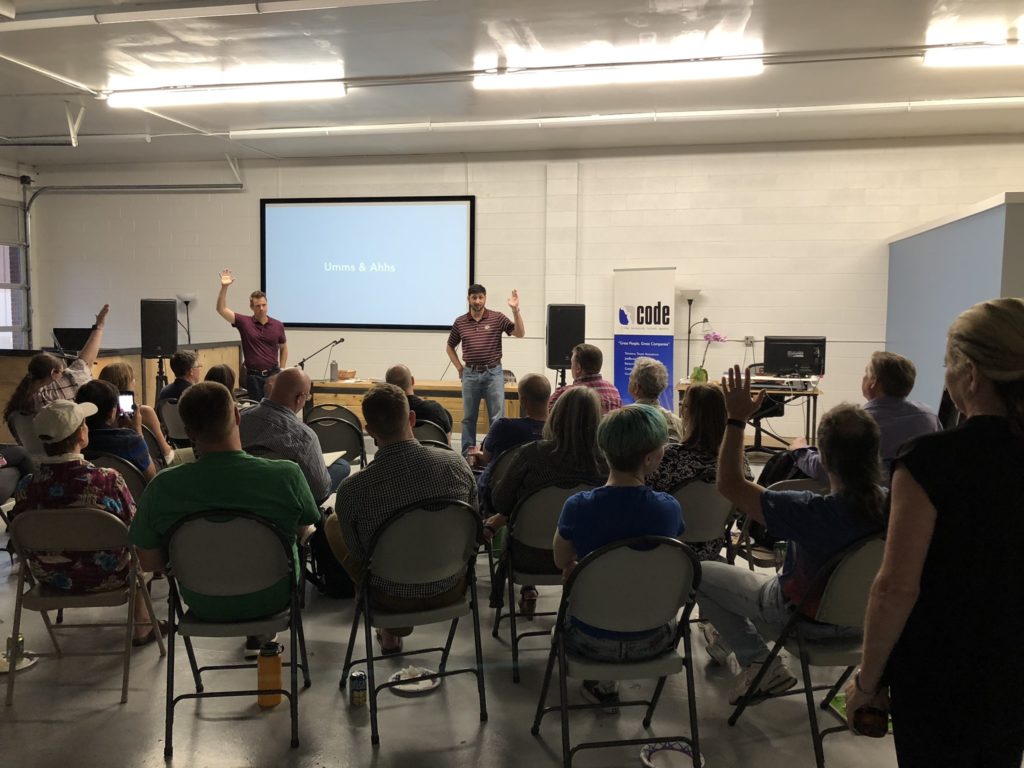
1. Free beer for a year for anyone who can work perfume, velvety voice, and ‘Q1 revenue goals were met’ into an appropriate C-Suite presentation.
Prezi is a very nice tool enabling you to structure a visual story, without forcing a linear, slide-by-slide presentation format. The best part is you can center an entire talk around one graphic or model, and then dive into details depending on audience response.
Now there’s a new marketing campaign, the Science of Presentations. Prezi made a darn nice web page. And the ebook offers several useful insights into how to craft and deliver a memorable presentation (e.g., enough with the bullet points already).
But in their pursuit of click-throughs, they’ve gone too far. It’s tempting to claim you’re following the “Science of X”. To some extent, Prezi provides citations to support its recommendations: The ebook links to a few studies on audience response and so forth. But that’s not a “science” – they don’t always connect between what they’re citing and what they’re suggesting to business professionals. Example: “Numerous studies have found that metaphors and descriptive words or phrases — things like ‘perfume’ and ‘she had a velvety voice’ – trigger the sensory cortext…. On the other hand, when presented with nondescriptive information — for example, ‘The marketing team reached all of its revenue goals in Q1’ — the only parts of our brain that are activated are the ones responsible for understanding language. Instead of experiencing the content with which we are being presented, we are simply processing it.”
Perhaps in this case “simply processing” the good news is enough experience for a busy executive. But our free beer offer still stands.
2. How should medical guidelines be communicated to patients?
And now for the ‘Science of Explaining Guidelines’. It’s hard enough to get healthcare professionals to agree on a medical guideline – and then follow it. But it’s also hard to decide whether/how those recommendations should be communicated to patients. Many of the specifics are intended for providers’ consumption, to improve their practice of medicine. Although it’s essential that patients understand relevant evidence, translating a set of recommendations into lay terms is quite problematic.
Groups publish medical guidelines to capture evidence-based recommendations for addressing a particular disease. Sometimes these are widely accepted – and other times not. The poster-child example of breast cancer screening illustrates why patients, and not just providers, must be able to understand guidelines. Implementation Science recently published the first systematic review of methods for disseminating guidelines to patients.
Not surprisingly, the study found weak evidence of methods that are consistently feasible. “Key factors of success were a dissemination plan, written at the start of the recommendation development process, involvement of patients in this development process, and the use of a combination of traditional and innovative dissemination tools.” (Schipper et al.)
3. Telling a story with data.
In the Stanford Social Innovation Review (SSIR), @JakePorway explains three things great data storytellers do differently [possible paywall]. Jake is with @DataKind, “harnessing the power of data science in service of humanity”.
Posted by Tracy Allison Altman on 15-Jun-2016.
Photo credit: Photo by Josh Rocklage on Unsplash.








